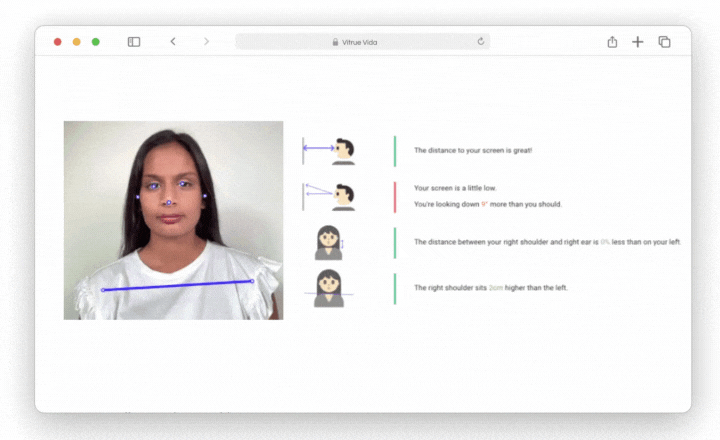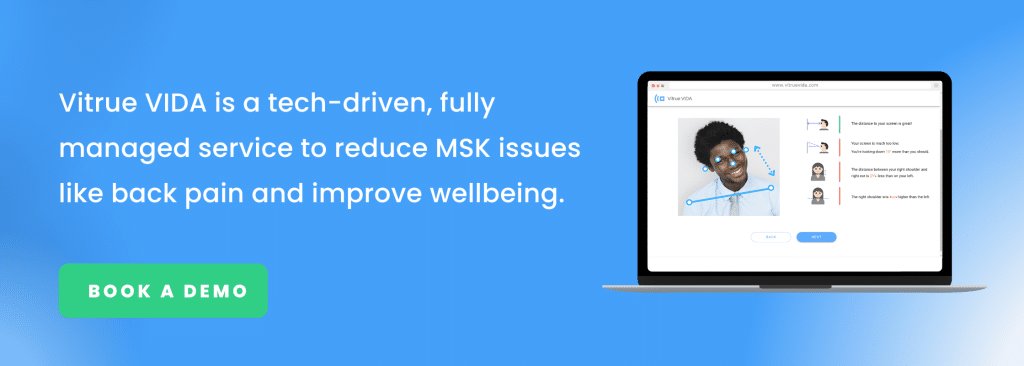
Are two screens better than one? The 70% increase in people using dual monitors since 2002 certainly suggests so. Dual screen ergonomics started as a trend amongst programmers and is now immensely popular across all occupations, for both remote and office-based desk workers.
Studies show that dual screen ergonomics and working with multiple screens can boost productivity by up to 42% and reduce error rate by 33% – it’s not surprising that more and more employers are willing to make the investment for their team. Working on a single monitor often means constant flicking between tabs and minimising windows, which can scupper your productivity and make the time at your desk less efficient. If you spend over 20% of your time working on tasks that involve referencing multiple tabs or documents, your increased productivity from using two screens will outweigh the cost of the investment.
There’s a lot to gain from a dual monitor ergonomic workplace setup. However, it’s important to position your dual screens correctly to avoid developing musculoskeletal (MSK) issues like neck pain. Incorrect screen positioning is one of the most common causes of MSK issues in the workplace. Adjusting your screen to the correct height and angle takes seconds, but can reduce the pressure on your neck by a whopping 400%!

How to set up multiple screens to avoid neck pain
We recommend the following guidelines for setting up multiple screens at your ergonomic workstation:
1) The screens should ideally be the same size and set up at the same height – choose a monitor size of 19-inch + for your best chances of avoiding neck and shoulder strain.
2) The distance between yourself and the screens should be roughly an arm’s length or 60-70cm – if you have a shallow desk, a monitor arm can help increase the viewing distance to the edge of your desk.
3) If you use both screens equally, position them side by side in a slight V shape with your eyeline in the middle – the optimal viewing angle is between 15-30 degrees to prevent you twisting your neck too much .
4) If you use one screen significantly more than the other, place your main screen directly in front of you with your secondary monitor at an angle to the side of your dominant eye – if you’re not sure which one of your eyes is dominant, check it here!
5) Orient your mouse towards your main screen – this keeps your mouse out of the “far reach” zone which can cause repetitive strain injuries as your elbow angle twists nearly 180 degrees.
Positioning your monitors correctly is the first step towards preventing MSK issues like neck pain when using multiple screens. Your overall sitting posture is just as important – check out our handy infographic to learn how to adopt good posture when working at a desk.
How can Vitrue VIDA help?
The most common MSK health risks amongst desk workers who use multiple screens are poor posture and incorrect screen positioning. Vitrue VIDA can help you eliminate these issues in your team with the following:
- AI webcam assessment – VIDA provides a comprehensive assessment of your posture at your desk, including the positioning of your head, shoulders and distance from your screen, providing instant recommendations to improve your posture and wellbeing.

- Interactive desk planner – VIDA’s fun and interactive desk planner allows you to recreate your exact workplace setup, including everything from multiple screens to plants and water! You’ll receive a clinically validated desk setup score along with tailored suggestions to create a better, ergonomic workspace.
- Analytics dashboard – VIDA analytics gives you a window into your team’s desk setups, pain levels and ergonomic needs. The analytics dashboard can help you identify who currently has multiple screens, and anyone who has neck pain or a poor setup and may benefit from an extra screen, enabling you to spend your budget wisely.
For more information on how VIDA can help you and your team to use multiple screens safely and avoid issues like neck pain, get in touch with us at sales@vitruehealth.com or book a demo today!





